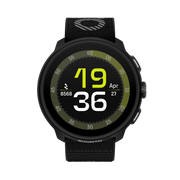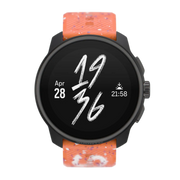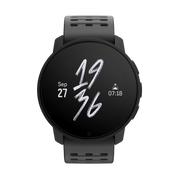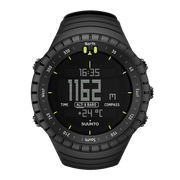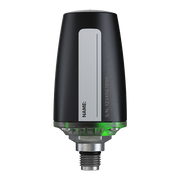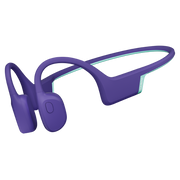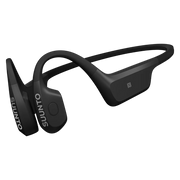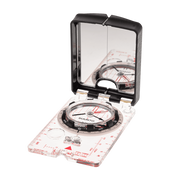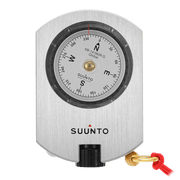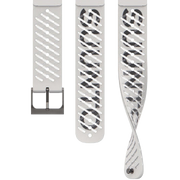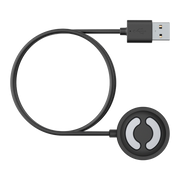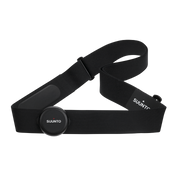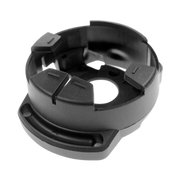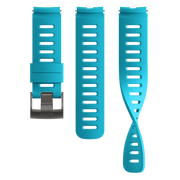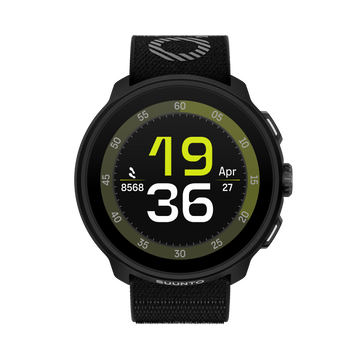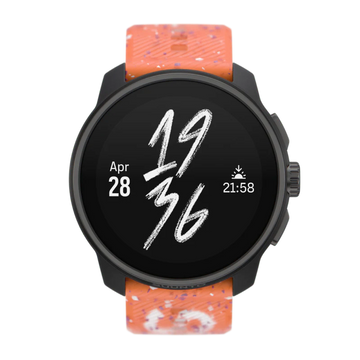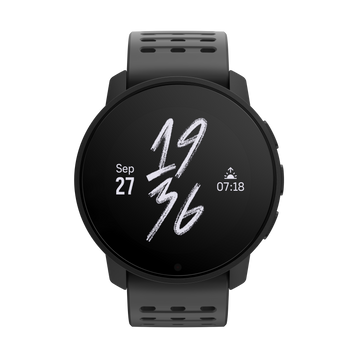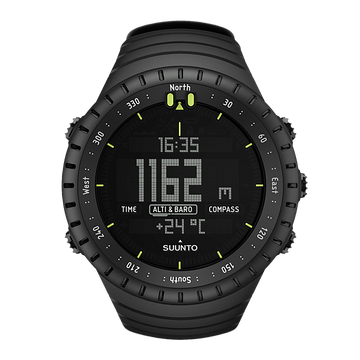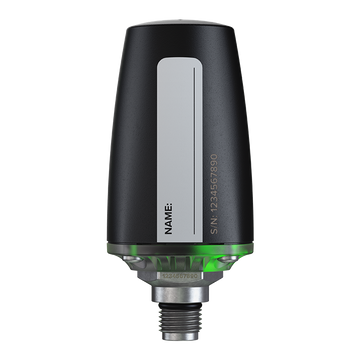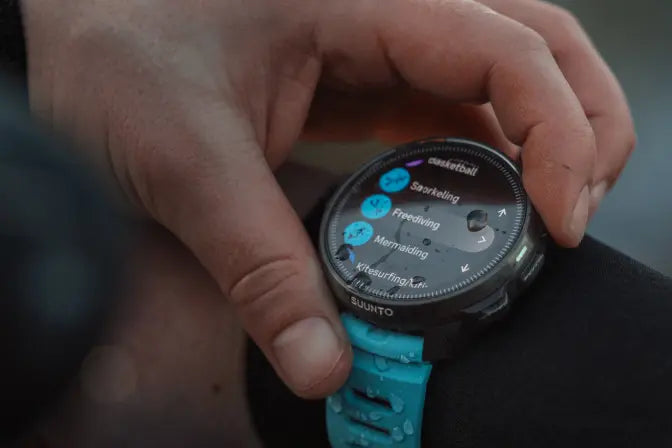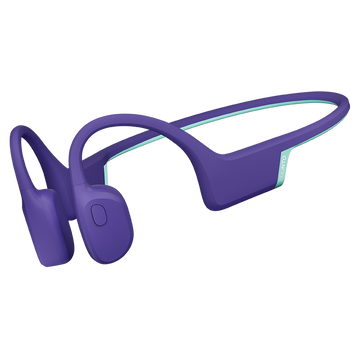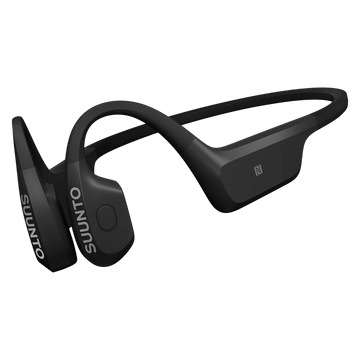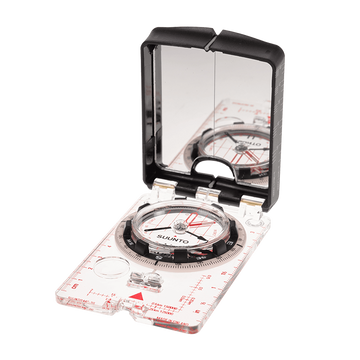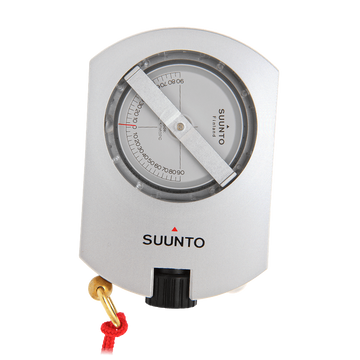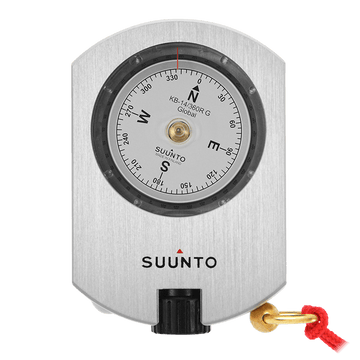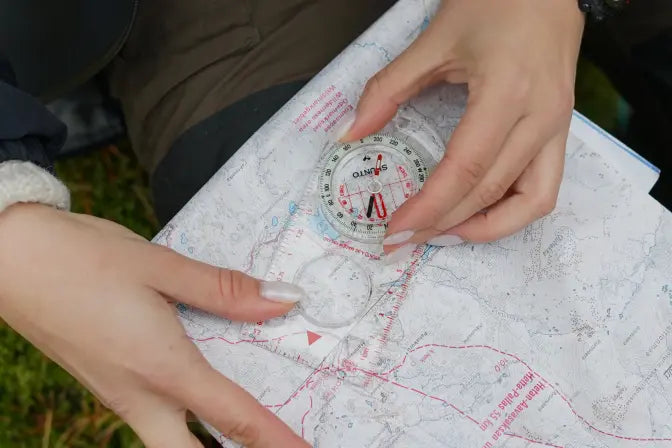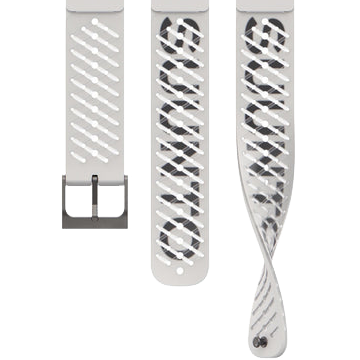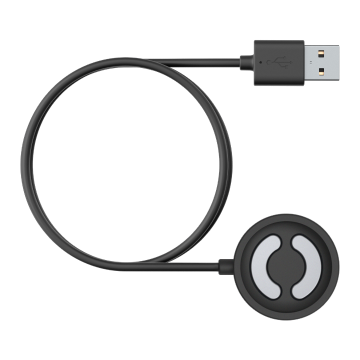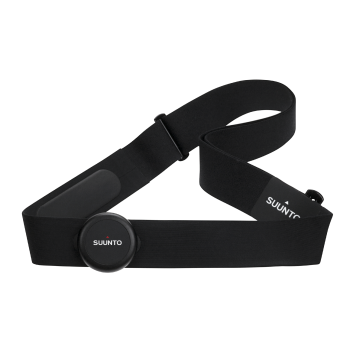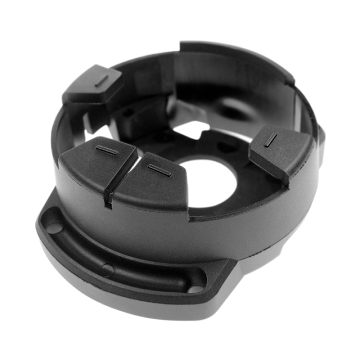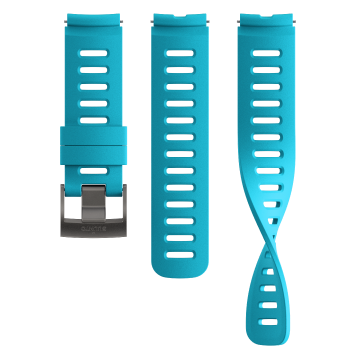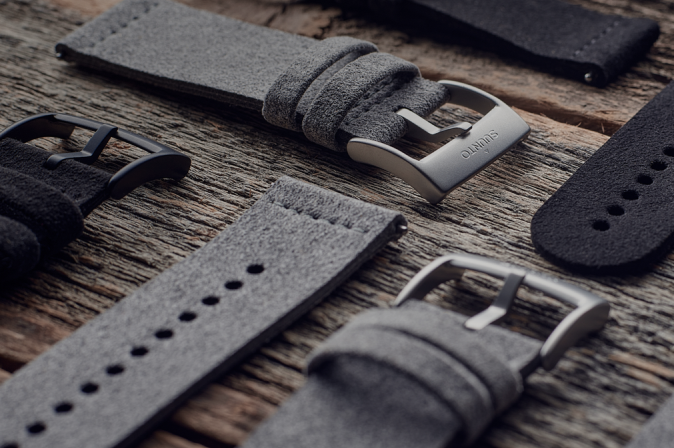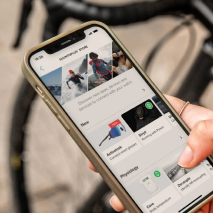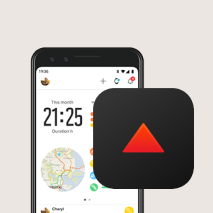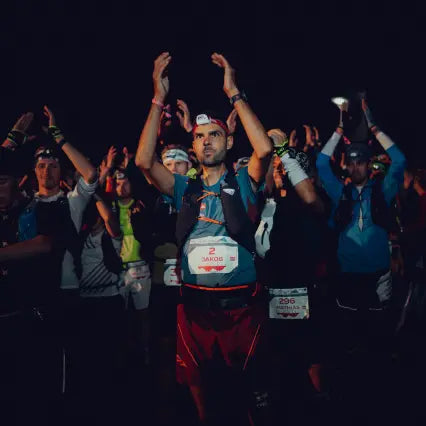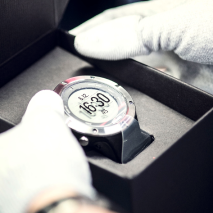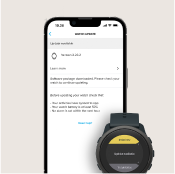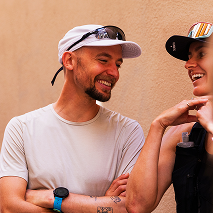

Suunto Blog

Connect your Suunto with Shimano Di2 electronic shifting
Want to know what gears you use and monitor the battery on your electronic shifting? Read on and learn how – and why – to connect your Suunto with Shimano Di2 electronic shifting.
The new Shimano Di2 SuuntoPlus sports app connects your Suunto sports watch with Shimano’s electronic shifting for real-time guidance and saves data for after-ride analysis.
See the gears you are using and the status of your Di2 battery on your Suunto.
Through the Shimano Di2 SuuntoPlus sports app, developed in partnership with Shimano, you can monitor crucial data such as gear positions and Di2 battery status directly on your Suunto.
You can view details of your shifting after your ride in Suunto app.
The SuuntoPlus sports app also saves Shimano Di2 data in Suunto app for later analyzes. It can be viewed in relation to power and speed, for example.
What gear I am on (and why should I care)
Shimano Di2 SuuntoPlus sports app offers clear benefits both during and after the ride. During the ride, you will easily see how much battery you have left in your electronic shifting system and the gears you are on. The gears you use, are also saved as part of the activity in Suunto app. Taking a moment to study these, may give you some interesting insights.
Firstly, you will learn what gears you mostly use. Did you mostly use the higher or the lower gears or was the use well in balance? This can lead to two findings: is your gearing right for the terrain and how’s your chainline.
If you spend most of the time on the lower gears and hardly ever touch the higher ones, you may want to consider a smaller chainring. Or if you are a lot on the hardest gear and spinning out, a bigger chainring might be a good option.
Another consideration is the chainline. The word ‘chainline’ refers to how straight your chain runs between the front chainring(s) and the rear sprockets. A straigt chainline is more effective and stresses the components less. So, spending more time on rear sprockets that offer a straight, “perfect” chainline is smart. This data can be collected with the Shimano Di2 SuuntoPlus sports app.
How to use SHIMANO Di2 SuuntoPlus sports app
Sync the Shimano Di2 SuuntoPlus sports app to your watch from Suunto app’s SuuntoPlus Store.
Select the Shimano Di2 SuuntoPlus sports app in the exercise settings before starting your workout.
During activity, scroll with the middle button to view the SuuntoPlus screen.
Shimano Di2 SuuntoPlus sport apps stores data for after analysis in Suunto app.
Next time you start your ride with the same sport mode, your Shimano Di2 SuuntoPlus sports app is selected as default and connects with your Shimano Di2.
Happy riding!
Lead image: Philipp Reiter / The Adventure Bakery

View your e-bike data on your Suunto watch
Are you riding an e-bike with your Suunto? Now you can connect your watch with SHIMANO E-BIKE SYSTEMS bicycles. Learn how to do it!
Cycling is one of the key sports within the Suunto community, with enthusiasts leveraging Suunto's advanced GPS watches to monitor and optimize their performance and explore new terrain.
Suunto’s compatibility with SHIMANO E-BIKE SYSTEMS equipped e-bikes is a new addition to meet the diverse needs of cyclists. So, whether you are hitting the trails or commuting on a bike path on your e-bike, read on!
SHIMANO E-BIKE SYSTEMS SuuntoPlus sports app, a feature developed in collaboration with SHIMANO, shows you the assistant mode (Eco, Boost, Trail), power assistance level, e-bike battery status, speed and heart rate directly on your Suunto watch in real-time during your ride.
The sports app also stores that data for after-ride analysis: You can, for example, see the assistant percentage along with the other data you tracked with your Suunto watch in Suunto app.
How to use SHIMANO E-BIKE SYSTEMS SuuntoPlus sport app
Sync the SHIMANO E-BIKE SYSTEMS SuuntoPlus sports app to your watch from Suunto app’s SuuntoPlus Store.
Select the SHIMANO E-BIKE SYSTEMS SuuntoPlus sports app in the exercise settings before starting your workout.
During activity, scroll with the middle button to view the SuuntoPlus screen.
SHIMANO E-BIKE SYSTEMS SuuntoPlus sports app stores data for after analysis in Suunto app.
Next time you start your ride with the same sport mode, your SHIMANO E-BIKE SYSTEMS SuuntoPlus sports app is selected as default and connects with your SHIMANO E-BIKE SYSTEMS bicycle.
SuuntoPlus sports app is compatible with the SHIMANO E-BIKE SYSTEMS equipped with SHIMANO Wireless Units. SHIMANO Wireless Units can be equipped with following SHIMANO E-BIKE SYSTEMS Drive Unit Models:
EP801, EP6
EP800 / E6100/E6180/E5000/E5080
E7000
E8000 / E8080 (Only E6000 cannot be equipped for SHIMANO Wireless Units)

Ultra running mantras: Mental fuel for the long haul
Courtney Dauwalter swears by the power of mantras like “Believe” to push through ultra-running challenges. Inspired by her, the ultra community shared their go-to phrases.
Courtney Dauwalter, one of the greatest athletes in ultra running, has long emphasized the importance of mental toughness. Known for her resilience, Courtney breaks races into manageable milestones, using simple yet powerful mantras such as "embrace the pain" and "right foot, left foot" to manage pain, maintain rhythm, and stay focused.
“Believe is a mantra that I use pretty often,” Courtney shares. “If you just repeat it over and over in your head, there’s no room for anything else but to believe that you can keep on going no matter what it looks like.” For her, the "pain cave" is a mental space where growth happens, a place she visualizes as chiseling away at endurance barriers.
Courtney recently asked her Instagram community: What’s your go-to mantra when it gets tough? The response was overwhelming, with thousands of runners sharing their perseverance-boosting phrases.
Common themes from the ultra community
The responses revealed several themes. Many runners focus on self-empowerment and resilience, with mantras like “I can do hard things” and “You got this” encouraging inner strength. Others emphasize breaking challenges into smaller steps with phrases like “One step at a time” or “Just keep swimming.”
Some runners use humor to cope, with playful mantras like “Don’t die!” or the sarcastic “This is dumb... keep going!” These bring levity to grueling moments. Gratitude also emerged as a motivator, with mantras like “Get to do this” reframing hardship as privilege.
Whether it’s Courtney’s “Believe” or the community’s “I can do hard things,” mantras anchor runners through challenges. They transform overwhelming distances into achievable milestones, carrying runners through the pain cave and beyond. Try one on your next run—you might be surprised how far the right words can take you.
These were the most liked comments on Courtney's post on Instagram:
“I got sober, this is a piece of cake.”
"It is how it is". When my son was diagnosed with an incurable brain tumor age 7 this is what kept him going. Now I carry his memory with me on every trail and know: it is how it is.
"Pain is just French for bread."
"I get to do this" ✨️🏃♀️
...but did you die?
Left foot, Right foot, Left foot, Right foot, Left foot, Right Foot. 👣👣👣
"The faster you run, the faster you’re done.”
“Be savage, not average!” My 11 year old came up with it and I love it
I like to quote Dory from Finding Nemo with, “Just keep swimming”
"Just one more" ....mountain, loop, step....Just one more (ps tattooed in my forearm, from the late Gabe Grunewald, "it's OK to struggle, it's not ok to give up"
“”I’m here for the food 🤤🤤🤤🤤””
“This is what you came for”
“How bad do you want it?”
I “get” to do this ❤️
What if?..what if I actually pull this one off...
Check out the limited edition Suunto Race S Titanium Courtney sports watch. When the going gets tough, its glow-in-the-dark strap will remind you: Believe!
Learn more about SUUNTO RACE S TITANIUM COURTNEY

Why training intensity matters in endurance training
Endurance training is more than just logging hours or kilometers; it’s about training smart. One of the most critical factors in effective endurance training is intensity.
Training intensity determines the type of adaptations your body makes, how efficiently you improve, and even how well you recover. Whether you’re preparing for a marathon, a cycling event, or simply aiming to improve your fitness, understanding and managing training intensity can be a game-changer. Let’s dive into why training intensity matters and how to use it to maximize your performance.
Stimulating the right physiological adaptations
Every workout you do triggers specific physiological changes in your body. The key to endurance training success is to target these changes effectively by working at the right intensity:
Low intensity (Zones 1-2)
This is the foundation of endurance training. Low-intensity workouts improve aerobic capacity, boost your body’s ability to use fat as fuel, and enhance overall cardiovascular efficiency. These sessions are often referred to as “base training.”
Moderate intensity (Zone 3)
Training in this zone focuses on improving your ability to sustain effort over long periods. It’s ideal for tempo or threshold workouts, which help build endurance for race-pace efforts.
High intensity (Zones 4-5)
High-intensity sessions, like intervals or hill sprints, target anaerobic capacity and increase your VO2 max (the maximum amount of oxygen your body can use during intense exercise). These efforts are shorter but crucial for building speed and power.
Each intensity level serves a purpose, and balancing them ensures that you’re building all the systems needed for peak performance.
Avoiding the "Gray Zone"
One common mistake among endurance athletes is spending too much time in the “gray zone”—a moderate intensity that’s too hard to be easy and too easy to be truly effective. While these sessions might feel productive, they don’t provide the distinct benefits of low- or high-intensity training.
For example, too much moderate-intensity training can leave you fatigued without significantly improving aerobic capacity or speed. This is why many elite endurance athletes follow the 80/20 rule: 80% of their training is low intensity, and 20% is high intensity. This polarized approach maximizes gains while minimizing the risk of overtraining.
Balancing stress and recovery
Training intensity isn’t just about pushing hard; it’s also about knowing when to back off. Low-intensity sessions play a crucial role in recovery, allowing your body to repair and adapt while still maintaining movement and circulation.
High-intensity workouts are effective but stressful. Without sufficient recovery, they can lead to burnout, injuries, or overtraining. A well-designed plan alternates between different intensity levels to ensure that you’re challenging yourself without breaking down.
Periodization and progression
Endurance training isn’t static; it evolves over time. Periodization—the systematic planning of training—relies heavily on varying intensity to achieve peak performance at the right time.
Base phase
Focuses on low-intensity workouts to build aerobic endurance and lay the foundation for harder efforts later.
Build phase
Introduces moderate and high-intensity sessions to develop specific fitness qualities like speed, power, and endurance.
Peak phase
Prioritizes high-intensity efforts to fine-tune your performance for race day.
By manipulating intensity throughout your training cycles, you can ensure steady progress without hitting a plateau or risking overtraining.
Mental benefits of intensity variation
Training intensity doesn’t just impact your body; it also affects your mind. Low-intensity sessions can be meditative, helping you relax and build mental resilience. On the other hand, high-intensity workouts teach you how to push through discomfort and develop mental toughness.
This variation keeps training engaging and prevents monotony. Knowing that each session has a specific purpose can also boost motivation and focus, making it easier to stick to your plan.
Tracking intensity: tools and techniques
To train effectively, you need to measure and monitor your intensity. Here are the most common methods:
Heart rate
Heart rate monitors are a reliable way to track intensity. Zones are typically calculated based on your lactate threshold. Low-intensity efforts should feel easy and keep your heart rate in Zones 1-2, while high-intensity efforts will push you into Zones 4-5.
Pace
Runners and swimmers often use pace as a guide, especially for interval or tempo workouts. Knowing your lactate threshold pace and training at different percentages of that pace can help fine-tune your efforts.
Power
Power meters are popular among cyclists and increasingly among runners. Power provides an objective measure of effort, regardless of terrain or conditions. It’s especially useful for maintaining consistent intensity during intervals or long efforts.
Suunto ZoneSense
Suunto ZoneSense measures heart stress through heart rate variability (HRV), offering real-time insight into training intensity. ZoneSense is driven by the advanced DDFA index, which tracks changes in metabolic state, and provides accurate feedback on whether your intensity is aerobic, anaerobic, or reaching VO2 max levels. This helps you to stay in the optimal training zone regardless of the activity type or the day.
Learn more about Suunto ZoneSense here.
Perceived exertion
The Rate of Perceived Exertion (RPE) scale is a subjective but valuable tool. On a scale of 1-10, low-intensity efforts feel like 2-3, moderate efforts like 5-6, and high-intensity efforts like 8-10. RPE can be used alongside other metrics or when technology isn’t available.
Combination of metrics
For the most accurate picture, combine multiple methods. For example, use heart rate and perceived exertion during a long run to ensure you’re not pushing too hard, or pair power or pace with heart rate to track fitness gains over time. If your heart rate is lower with the same power or pace as before, it can indicate improvements in your fitness.
Conclusion: train smarter, not just harder
Training intensity is the cornerstone of effective endurance training. By understanding how different intensity levels impact your body and incorporating a mix of low, moderate, and high-intensity sessions, you can optimize your training, avoid plateaus, and achieve your goals. Tracking intensity with your Suunto watch and utilizing tools like Suunto ZoneSense you can ensure that every workout meets its purpose.
Remember, endurance training isn’t just about working hard; it’s about working smart. Prioritize intensity, listen to your body, and watch as your performance soars.
Read more:
Suunto ZoneSense revolutionizes intensity insights with heart stress measurement
Figure out your training zones and supercharge your fitness
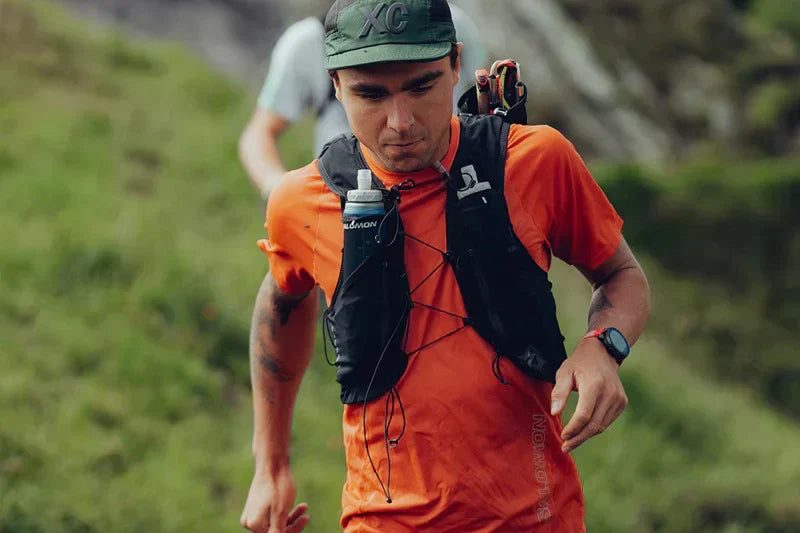
Getting started with ZoneSense: Your guide to smarter training
Have you tried Suunto ZoneSense yet? This article will help you get started with the breakthrough innovation in tracking real-time exercise intensity.
In endurance training, finding the right workout intensity is key to getting the best results. Many athletes wonder if they’re training too hard or not hard enough. Heart rate zones have been used to estimate intensity, but they don’t account for changes from one day to another, across different activity types or during long workouts.
Now, Suunto ZoneSense offers a breakthrough in tracking real-time intensity. It uses heart rate variability (HRV) to give accurate insights, helping athletes optimize their performance like never before.
All Suunto users training with a heart rate belt can unlock ZoneSense intensity analysis through the Suunto app. For real-time data, ZoneSense is available on the latest Suunto watches – Suunto Vertical, Suunto Race, Suunto Race S, Suunto Ocean, and Suunto 9 Peak Pro.
Step 1: Learn how to get started with Suunto ZoneSense. All you need is a Suunto sports watch, a Suunto heart rate belt and the Suunto app on your phone.
Step 2: Learn how to use Suunto ZoneSense in real-time, during an activity.
A great way to get started is by following ZoneSense during a long, easy endurance workout. Begin with a 10-minute warm-up that allows ZoneSense to establish your baseline for the day, then keep your effort in the green zone.
Step 3: Learn how to view Suunto ZoneSense data in the Suunto app.
Suunto ZoneSense lets athletes take control of their training like never before. It uses heart rate variability (HRV) to show whether your workout effort is aerobic (low stress) or anaerobic (high stress) in real time. With ZoneSense, you can fine-tune your intensity during any activity—running, cycling, swimming, and even team sports—helping you make every session count. Say goodbye to guessing your effort level and hello to smarter, more effective training.
Whether you’re building your aerobic base or pushing your limits with high-intensity intervals, ZoneSense is the key to unlocking your potential. It keeps your long runs in the optimal green zone, shows when you’ve hit your anaerobic threshold during intervals, and adapts seamlessly across different sports and conditions. By tracking real-world effort and avoiding overtraining, Suunto ZoneSense sets a new standard for athletes aiming to train with precision and perform at their best.
Learn more about Suunto ZoneSense use cases here.
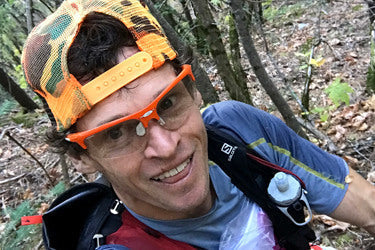
“Running” The Euchre Bar Massacre
How does bushwhacking 50 miles and 25k feet of elevation gain without a set course sound?
We asked Suunto ambassador Max King who did just that at the Euchre Bar Massacre near Foresthill, California. Read on and Max will explain why it isn't your typical running race!
”I don't usually do races where a finish is a good result, but every so often, I humbly find myself in one of those situations where I'll just be happy to finish...literally.
On October 16th, I found myself in exactly that situation. This was one of those peculiar races where there’s no "elite" field, there's no finishers medals, or t-shirts. It's just you versus the course, and it's going to do its best not to let you cross that finish line.
And I'm not talking about the self-deprecating, ”Oh gee, I hope I finish,” type of mentality when the normal finish rate is well north of 80%. I'm talking about a race where the finish rate is typically lower than 10% and no one in the field is trying for a fast time.
The Euchre Bar Massacre is in a similar vein to the popular Barkley Marathons in Tennessee, where people – not very many of them – wander around the mountains looking for books to rip pages out of and therefore "prove" they have completed the course. And I use "course" loosely; while there is a route that you are supposed to follow, it's unmarked, mostly off-trail, and ultimately, you're not going to follow the same ”course” as everybody else. (See Max’s Instagram post for book pictures!)
Due to the off-trail nature of the Euchre Bar Massacre, there is significant bushwhacking leading to typical finish times over 24hrs. Did I mention it is only a 50 miler?! The length of the course is irrelevant. Distance on a course like this is measured in ”hills”, as in ”it is 3 hills until the drop bags” rather than ”it's only 10mi till the drop bags.” The vertical gain of each hill and difficulty of the bushwhacking determines the time until you can drop from the race...or stubbornly continue on to the next set of hills.
These types of events aren't popular, and it's not because they are difficult. Trail runners do plenty of hard things. They appeal to a small number of folks that are drawn to this type of adventure. I think each participant's reasons may vary but for me, it's the whole combination of elements that really sucks me in. I love the wild nature of this type of race.
It is remote – I raced alone for 20hrs without seeing another person other than about 10 minutes at the drop bags.
It is rugged, obviously – it has 25k of vert, tons of vegetation, and about half is off-trail. I looked like I was stuffed in a burlap bag with 20 cats before I was done.
It is routeless – with no course markings you're going by map and compass and when it gets dark, you better know how to use that compass. I kept telling myself ”trust in the compass” as I was going in a direction that my mind was telling me was completely the wrong direction. I also did a complete 180-degree circle around a patch of manzanita in the middle of the night and realized I'd been there before. That's a terrible feeling.
There's a lot about an event like this that appeals to me and a few nutty others but doesn't appeal to a lot more people out there. And that's okay.
Now, If you're thinking of getting into one of these, here are a few tips:
First, reconsider your decision...
Second, practice navigating, bushwhacking, and being alone for a long time in a safe space.
Third, put ”For The Win”, or ”FTW” on your calendar as there are no winners, just finishers.
Words and images by: Max King
Thank you for this recount, Max! We sure know who to call when we want all pain and no gain!
